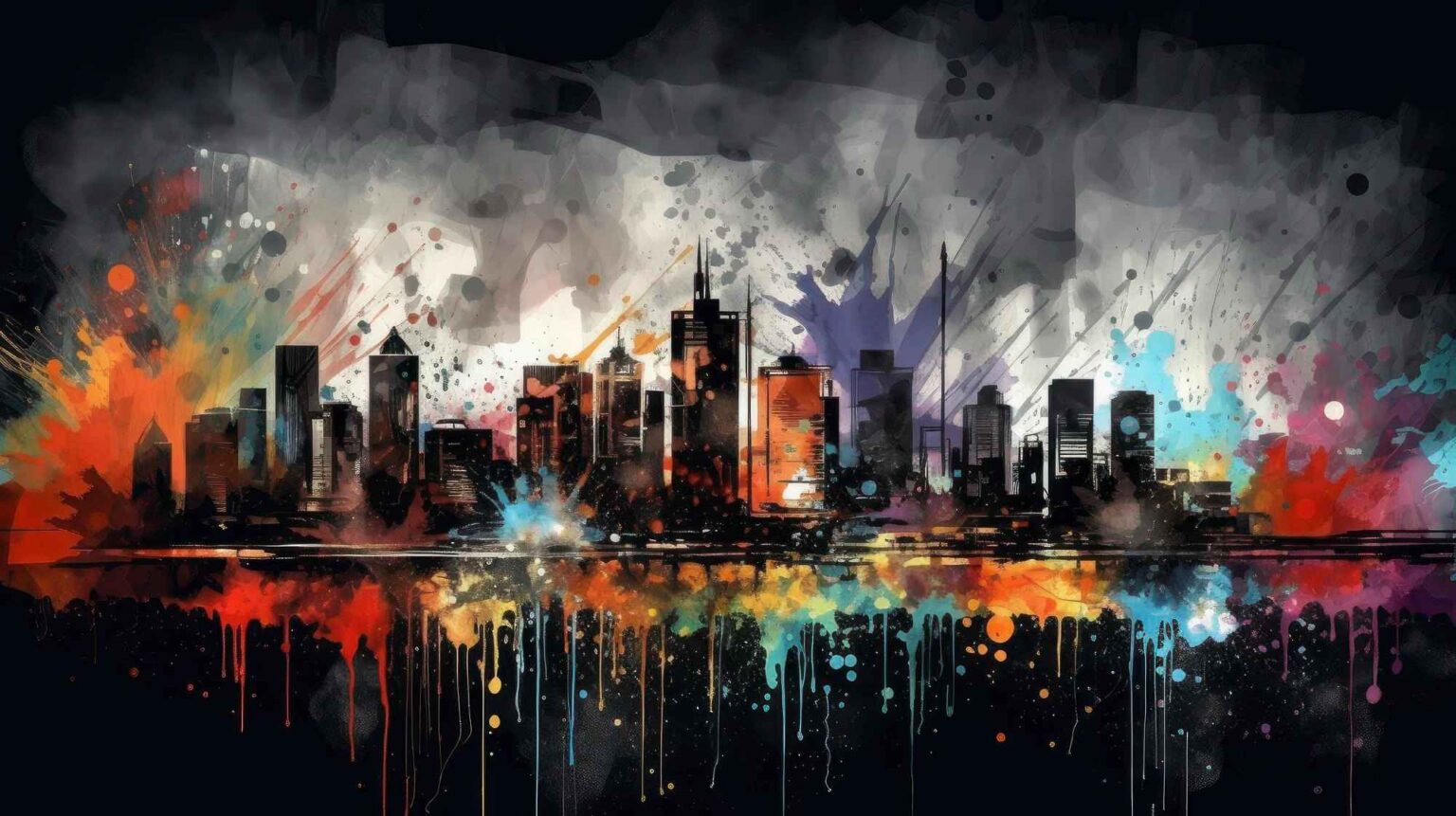Art and culture play a vital role in smart cities by fostering creativity, community engagement, and enhancing the overall quality of life. Here are key aspects of incorporating art and culture in smart cities:
Public Art Installations: Smart cities embrace public art installations as a way to beautify public spaces, stimulate creativity, and enhance the city’s identity. These installations can range from sculptures and murals to interactive digital artworks. By integrating technology, such as augmented reality or interactive displays, public art can become an immersive and engaging experience for residents and visitors.
Cultural Events and Festivals: Smart cities actively promote cultural events and festivals that celebrate local traditions, arts, music, and performances. These events bring communities together, promote cultural diversity, and showcase local talents. By leveraging digital platforms and smart technologies, cities can efficiently organize and promote these events, encourage participation, and enhance the overall cultural vibrancy of the city.
Digital Cultural Heritage Preservation: Smart cities recognize the importance of preserving cultural heritage and history. Through the use of digitization techniques, virtual reality, and interactive platforms, cities can digitally preserve and showcase cultural artifacts, historical sites, and intangible heritage. This enables wider access to cultural heritage, educational opportunities, and promotes cultural tourism.
Creative Spaces and Co-working Hubs: Smart cities provide dedicated spaces for artists, creatives, and entrepreneurs to collaborate and innovate. These spaces can be physical hubs equipped with technology, resources, and collaborative workspaces. By fostering a supportive ecosystem for creativity and entrepreneurship, smart cities attract and retain talent, drive innovation, and promote cultural and artistic industries.
Digital Platforms for Artistic Expression: Smart cities leverage digital platforms to provide opportunities for artistic expression and community engagement. This can include online galleries, virtual exhibitions, and digital art initiatives that allow artists to showcase their work to a broader audience. Digital platforms also enable citizens to actively participate in artistic activities, such as community art projects, digital storytelling, or crowd-sourced cultural initiatives.
Cultural Data and Analytics: Smart cities utilize data and analytics to gain insights into cultural trends, audience preferences, and the impact of cultural initiatives. By analyzing data on visitor patterns, engagement metrics, and feedback, cities can optimize cultural programming, tailor experiences to specific audiences, and measure the social and economic impact of cultural investments.
Creative Collaboration and Partnerships: Smart cities foster collaboration between artists, cultural organizations, and technology innovators. By encouraging cross-sector partnerships, cities can explore innovative approaches to integrating art and technology, co-creating immersive experiences, and leveraging emerging technologies such as virtual reality, augmented reality, or artificial intelligence to enhance artistic expressions and engage communities.
Community Engagement and Participation: Smart cities actively involve communities in the planning, development, and decision-making processes related to art and culture. Citizen engagement platforms, participatory budgeting, and community-driven initiatives empower residents to have a say in cultural programming, public art installations, and the use of cultural spaces. This promotes a sense of ownership, inclusivity, and strengthens social cohesion within the city.
By incorporating art and culture, smart cities create vibrant and inclusive environments that celebrate creativity, foster community engagement, and enrich the lives of residents. Through the integration of technology and community collaboration, smart cities can leverage art and culture as powerful tools for social, economic, and cultural development.



